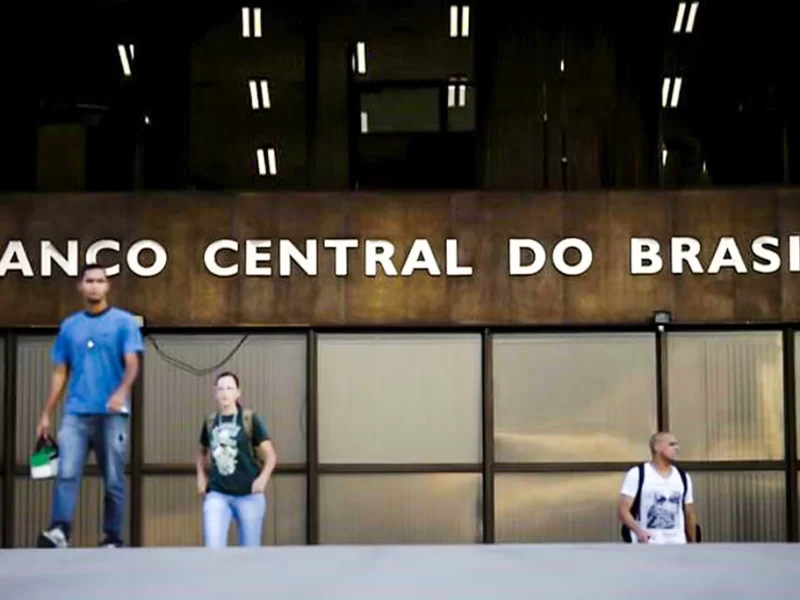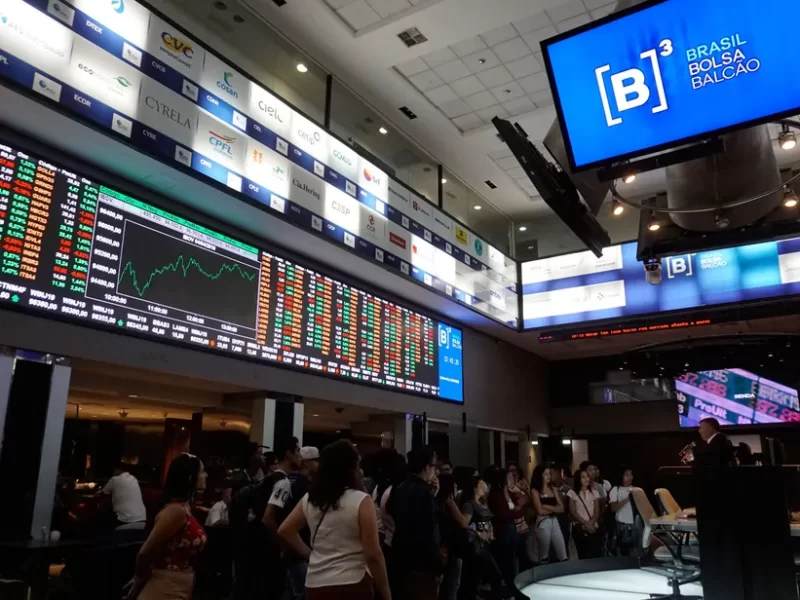Brazil faces an unprecedented crisis as raging fires blanket 60% of its territory in toxic smoke.
The situation has reached alarming levels. August recorded the highest number of fires in 14 years.
The Amazon, Pantanal and Cerrado regions are the epicenter of this disaster. In August, Amazon saw 38,266 hotspots.
This number is more than double compared to 2023. Meanwhile, the Pantanal experienced a staggering 3,707% increase in fires. Brazil’s worst drought in 44 years is fueling this increase in fires.
Climate change and El Niño have contributed to the prolonged dry spell. These conditions create the perfect environment for fires to spread rapidly.
The consequences are dire. Smoke from the fires has spread over 5 million square kilometers.
This affects air quality in major cities. São Paulo recently experienced the most polluted air in the world.


The crisis extends beyond Brazil’s borders. Smoke reaches neighboring countries such as Peru, Bolivia and Paraguay.
Experts predict that this situation may continue until October. If drought conditions continue, it may last until November.
Suffocation: 60% of Brazil covered in fire haze
The Minister of the Environment, Marina Silva, has declared that the country is “at war” with the fire. It suggests that criminal activity may be behind the increase.
The government is investigating the causes of these fires. Many are believed to be driven by humans for land clearing and agriculture.
Indigenous communities are particularly at risk. Low water levels have isolated villages in the Amazon. This leads to a lack of food and clean water.
The Tikuna tribe reports an increase in diseases among children. They are forced to consume polluted water.
The Amazon plays a crucial role in global climate regulation. It is often called the “Lungs of the Earth”.
This situation underlines the urgent need for effective environmental policies. International cooperation is vital to combat climate change and protect ecosystems.



